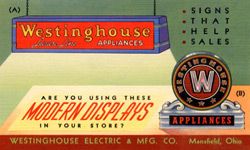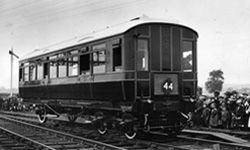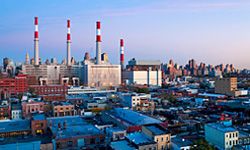If you've ever lived in Pittsburgh, you've probably heard of George Westinghouse. Pittsburgh is home to the George Westinghouse Bridge, Westinghouse Park and - a memorial to George Westinghouse in Schenley Park.
Even if you don't live in Pittsburgh, maybe you've heard of Westinghouse, the company that bears the man's name. The Westinghouse company name adorns products from TVs to light bulbs to nuclear power plants -- even a Brooklyn, New York high school. The company also used to own television and radio stations.
Advertisement
With such a broad reach, the name has become an important, if often unseen, part of the fabric of American life. (To name one example, the ultra-prestigious Regeneron Science Talent Search was named after him from its inception in 1942 until 1998.)
George Westinghouse was an inventor and engineer who held more than 300 patents over the course of his life. He both created new technologies and refined existing ones. He helped make Pittsburgh one of America's industrial centers.
Many of the companies that he founded remain in operation today, including the Westinghouse Air Brake Company (currently operating under the name Wabtec), and the nuclear energy powerhouse Westinghouse Electric Company. The man even beat out Thomas Edison in the race to build the nation's electrical infrastructure.
Keep reading to learn more about George Westinghouse through his top five inventions.


